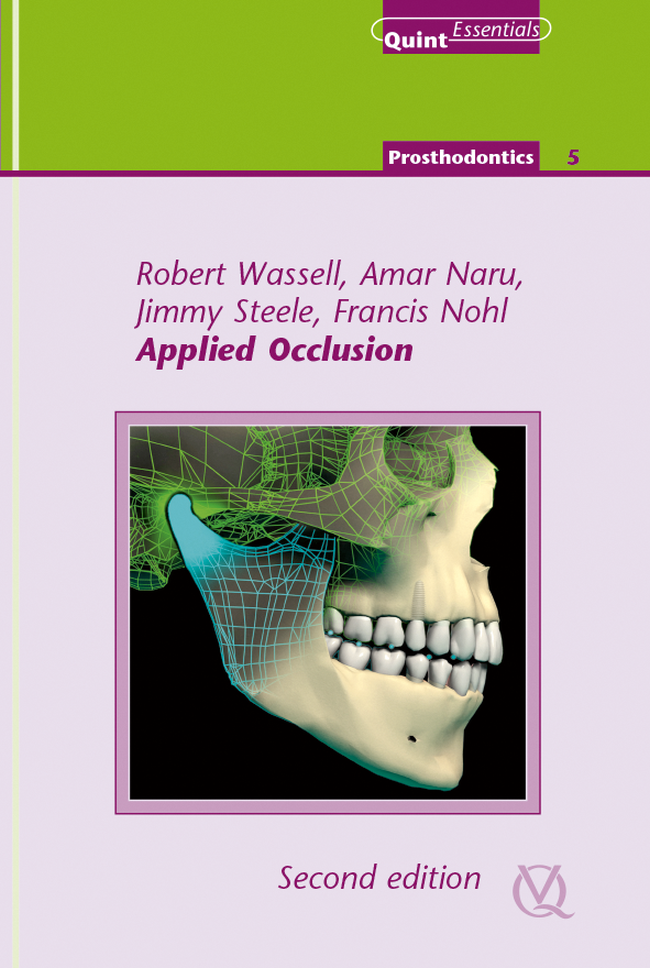Journal of Oral & Facial Pain and Headache, 1/2008
Pages 30-40, Language: EnglishWassell, Robert W. / Moufti, M. Adel / Meechan, John G. / Steen, Ian N. / Steele, James G.Aims: To test a measurement model based on clinicians' assessments of patient data that allows simple and confident clinical validation of any statistical or numerical technique designed to separate patients improving with treatment from those who are not, particularly for pain that shows large daily variation.
Methods: Diaries using daily visual analog scales (VAS) of pain intensity were obtained from 39 patients treated for chronic temporomandibular disorders. Three experienced clinicians visually assessed 39 VAS/time graphs. Criteria indicating improvement (general trend, height and apparent frequency of graph spikes) evolved over 3 assessments. The third assessment defined improvers visually. Numeric analyses considered the difference between first and last months of treatment for mean, area under the curve (AUC), and maximum VAS scores. Thresholds of 40%, 50%, or 60% pain reduction defined improvement numerically. Aggregate sensitivity and specificity was compared with visual definition to find the optimal threshold.
Results: Patients were defined visually as improvers, nonimprovers, and borderline cases. Interexaminer reliability for identifying improvers was good (k = 0.79). Mean VAS and AUC were highly correlated (r = 0.999). The optimal threshold of mean and maximum VAS relative to visual definition was 50% pain reduction. Cases defined as improvers by both mean and maximum agreed best with the visual definition (sensitivity 90%, specificity 84%).
Conclusion: Visual assessment of VAS demonstrates distinct pain/time patterns that can validate numeric definition of complex pain recovery. No single numeric method can be guaranteed to give a clinically valid outcome.
Keywords: chronic pain, pain diaries, pain measurement, stabilization splint, temporomandibular disorders, treatment outcomes, visual analog scales
Journal of Oral & Facial Pain and Headache, 1/2007
Pages 46-54, Language: EnglishJohn, Mike T. / Reißmann, Daniel R. / Schierz, Oliver / Wassell, Robert W.Aims: To characterize the level of impairment of oral health-related quality of life (OHRQoL) in a temporomandibular disorder (TMD) patient population.
Methods: OHRQoL was measured using the German version of the Oral Health Impact Profile (OHIP-G) in a consecutive sample of 416 patients seeking treatment for their complaints in the masticatory muscles and temporomandibular joints and with at least 1 diagnosis according to the German version of the Research Diagnostic Criteria for Temporomandibular Disorders (RDC/TMD). The level of impairment of OHRQoL was characterized by the OHIP summary score mean and its 95% confidence interval. OHRQoL was described for each of the 8 RDC/TMD diagnoses (Axis I) and the RDC/TMD Axis II measures (Graded Chronic Pain Scale [GCPS], jaw disability list, depression, and somatization). These findings were compared with the level of impairment of OHRQoL in the adult general population derived from a national sample (n = 2,026).
Results: Among the RDC/TMD Axis I measures, all diagnoses were correlated with much higher impacts compared to the normal population (means for all diagnoses were 32.8 to 53.7 versus 15.8 in the general population). All diagnoses had a similar level of impact except for disc displacement with reduction (which had a lower impact). There were larger differences in mean OHIP-G scores among subgroups of RDC/TMD Axis II measures than among subgroups of RDC/TMD Axis I characteristics. The strongest association was with GCPS, with mean OHIP scores of 33.3 for grade I, 48.1 for grade II, 71.7 for grade III, and 88.5 for grade IV.
Conclusion: OHRQoL was markedly impaired in TMD patients. The level of OHRQoL varied across diagnostic categories but more across Axis II, ie, the psychosocial axis; the variation was reflected especially in their level of graded chronic pain.
Keywords: depression, Graded Chronic Pain Scale, jaw disability, Oral Health Impact Profile, oral health-related quality of life, Research Diagnostic Criteria for Temporomandibular Disorders, somatization, temporomandibular disorders





